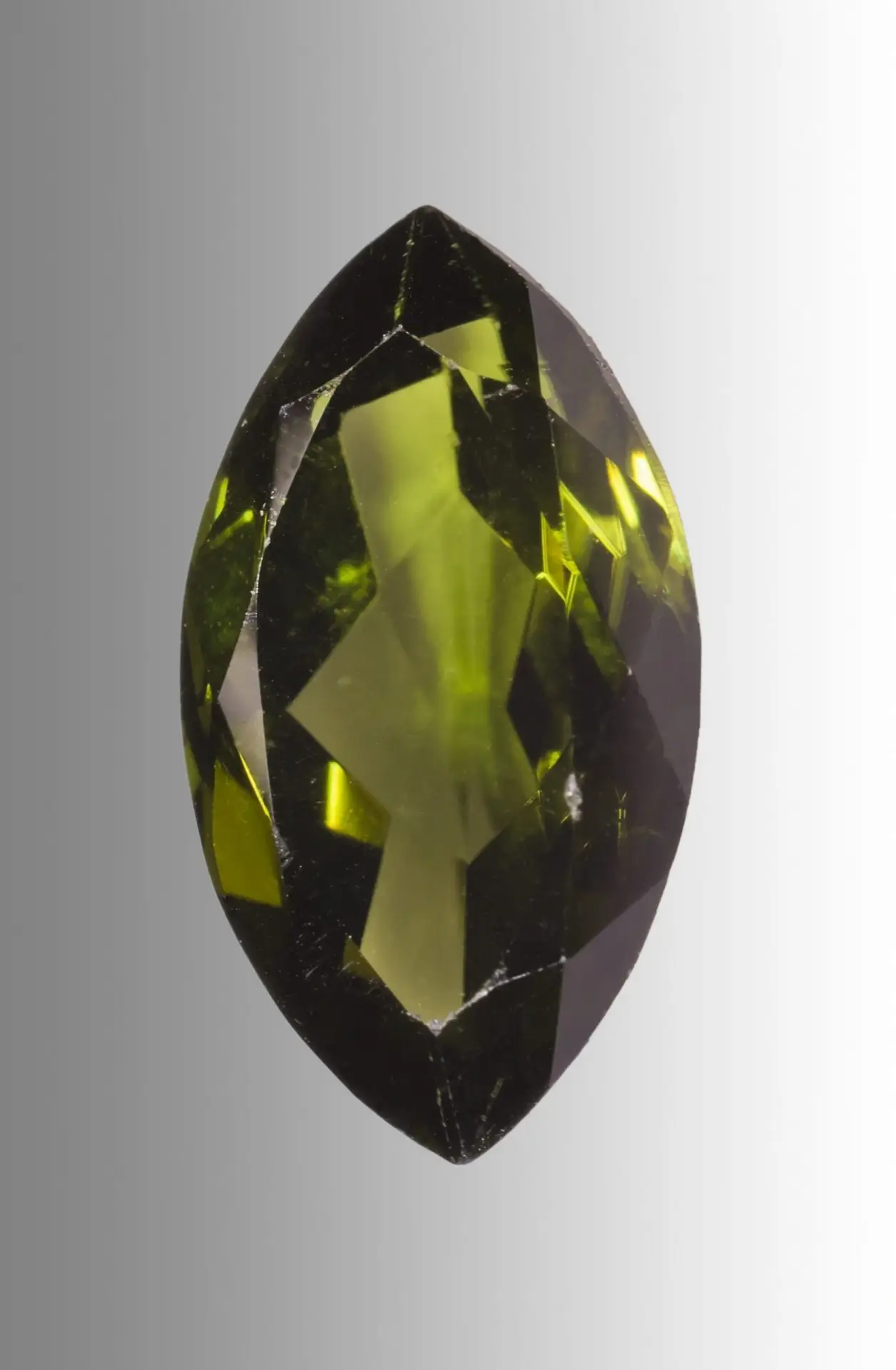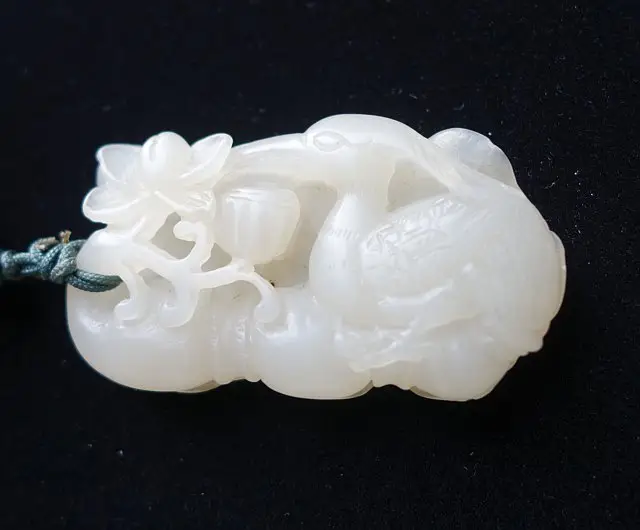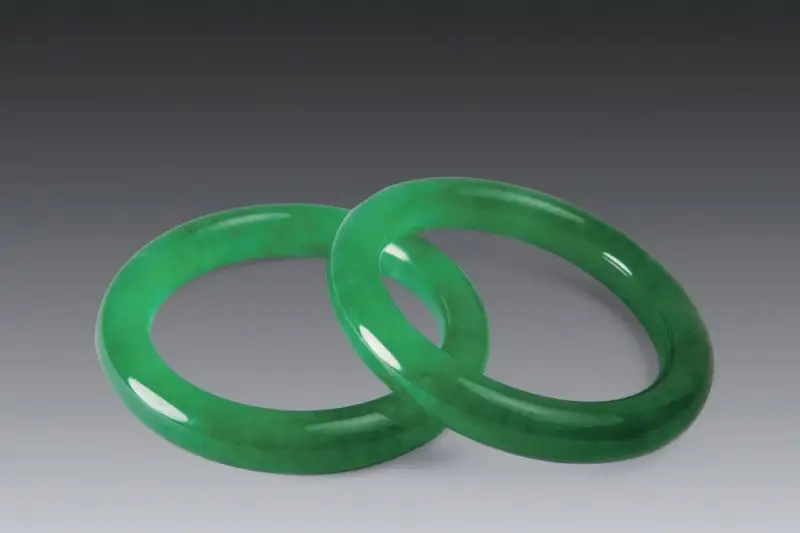Introduction
The word Diopside comes from the Greek roots “di” (double) and “ops” (eye or image), referring to the distinct double image created by the stone’s high birefringence.
Diopside is a common mineral in the pyroxene group and is widely used as a gemstone.
Diopside’s color varies based on its chemical composition. Pure diopside (magnesium-rich) is white, but when magnesium is replaced by iron, the stone takes on various shades of green. When chromium is present, it produces vivid green crystals known as Chrome Diopside, also referred to as Green Diopside. Manganese gives rise to purple-blue diopside.
Diopside sometimes contains parallel needle-like or fibrous inclusions, which may result in the formation of cat’s eye or star stones when cut properly.

(Figure 1) 1
Diopside
- Crystal system: monoclinic crystal system
- Hardness: 5~6
- Specific gravity: 3.2~3.3
- Luster: Vitreous luster
- Transparency: Transparent to opaque
- Color: None, green, emerald green, yellowish brown, black
- Index of refraction: 1.66~1.72
- Birefringence: 0.026~0.029
- Fluorescence: Variable
- Cleavage: Complete columnar cleavage
- Characteristics: Well-developed cleavage and easy to wear
- Imitation: Glass, synthetic cristobalite (zircon)
Commercial Value of Diopside
Ornamental
Diopside is one of the more affordable natural green gemstones and is rarely imitated. Synthetic imitations, if present, are usually made from zircon (cubic zirconia) or glass. Diopside can be distinguished by its high refractive index and characteristic double image. In regions like China, where gemstones like jadeite, emerald, and tsavorite garnet are popular, diopside stands out as a more budget-friendly, high-value choice. The best diopside gems exhibit high transparency and vibrant, bright colors. However, with a hardness of 5-6 on the Mohs scale, diopside is softer than emerald or tsavorite, making it more prone to wear. Its pronounced cleavage also means faceted diopside stones should be handled with care to avoid chipping.
Industrially
Diopside is a natural calcium magnesium silicate with very low levels of harmful impurities and loss on ignition, making it an ideal raw material for the ceramics industry. It is typically gray-white and turns pure white after firing. Diopside is widely used in electrical ceramics, construction ceramics, and household ceramics. In household porcelain glazes, diopside combines the benefits of talc and calcite, enhancing the glaze’s glossiness, translucency, and smoothness. It also lowers the firing temperature and broadens the firing range.
Since diopside has distinct cleavage, faceted diopside gemstones should be protected from impact to prevent damage.
Follow Honway to learn more about the characteristics of gemstones~
Photo Credit:


